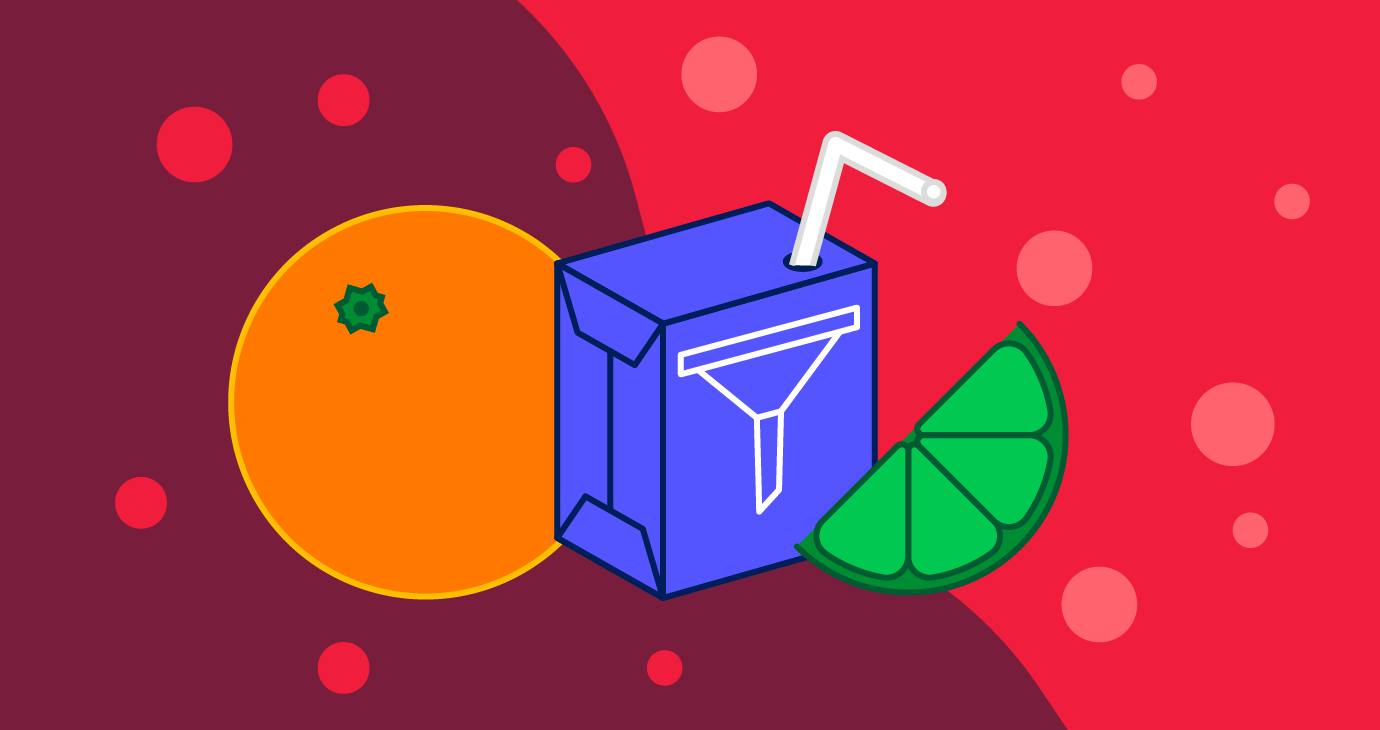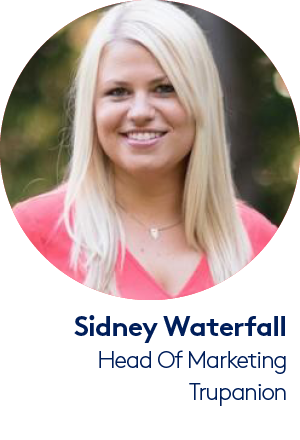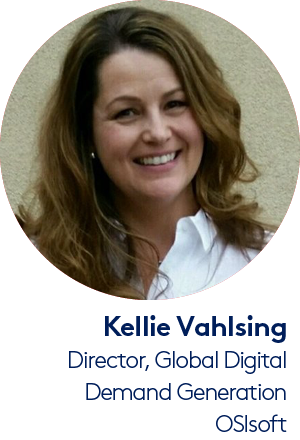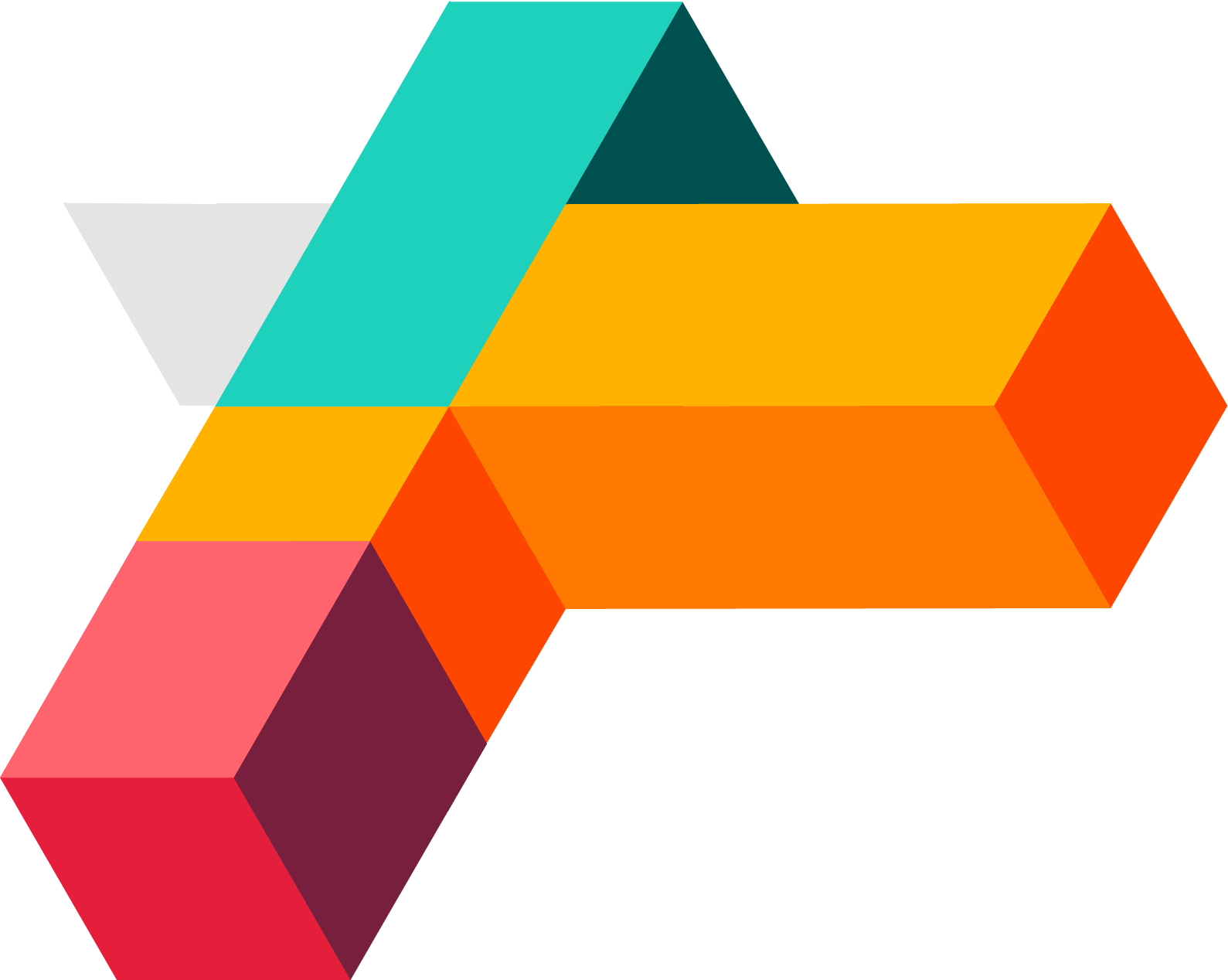
Get More Juice From Your (Marketing) Squeeze: 3 Tactics For Optimizing Your Campaigns To Produce More Demand
Without live events as a viable option for the time being, we’ve compiled 3 tips (and stories from real marketers!) on how to make your existing campaigns and channels do more for you.

March 12, 2020
If there’s any constant in marketing, it’s change. Early 2020 has seen no shortage of this with many industry events being cancelled, forcing marketers to quickly pivot and adapt their demand plans. But when the going gets tough, the tough get going. That’s why we’re proud to be part of a community of marketers that is embracing the challenge of adapting to the lack of live events, with grit and creativity.
Many marketers are moving in-person events online, which helps replicate the event experience digitally. But there’s more that you can do to recover lost pipeline opportunities. You can also take this as an opportunity to get even smarter about how you execute your classic campaign playbooks. The bonus is that elevating your marketing and figuring out how to produce pipeline more efficiently will pay dividends beyond this current set of event cancellations.
In this blog, we’ll share how you can get more juice from your squeeze on your live events, paid advertising, and content syndication efforts.
1. Share curated content pre- and post-event for more opportunities to engage
Many B2B marketers have noted a decline in webinar performance recently. But with many live events being cancelled, we’re relying on their effectiveness more than ever. How can you produce more pipeline with every online event you host?
You can make the most of the touchpoints before and after events to produce engagement. Instead of simply sending a confirmation email when someone registers for a webinar, why not share some curated content pieces related to that topic? This will help grease the wheels and help stimulate interest in the topic before the webinar itself, boosting their chances of attending.
And, even when prospects don’t show up to the webinar, you can still use their sign-up as an opportunity to promote other content offers. You can also package up a handful of thematically related content pieces in your follow up email, giving them even more chances to engage and hit your MQL threshold quicker.

Story from a smart marketer
Evan Doyle, award-winning Demand Generation Manager at PathFactory, packages up content for both webinar promotion and follow-up. In promoting our most recent webinar, this tactic generated an extra 56% more time spent on content without sacrificing landing page conversion. More of our registrants to the webinar spending more time engaging with content is a win/win!
2. Use content consumption data to optimize your ad spend, so you’re only spending money on quality clicks
Many marketers are currently reallocating budget from live events to ad spend. While this is an effective way to fill your funnel in the short term, it’s not sustainable cost-wise to keep funneling budget into ads—especially if your company is concerned about cash burn through the rest of 2020. One way to extract the most value from these campaigns is to measure not just clicks, landing page visits, and form fills, but also content engagement data that will tell you where to spend more money and where to spend less.
You can use these campaigns as an opportunity to answer questions like:
- Which messages and visuals resonate most with my target audiences?
- Which channels produce the highest-quality traffic?
- Which ad vendors are giving me the most bang for my buck?
By tracking time spent with the content on the other side of the click, you can optimize for efficiency quickly. And this is the gift that keeps on giving because this knowledge of where to place your marketing bets will continue to provide value even after live events pick back up again (hopefully soon!).

Story from a smart marketer
Sidney Waterfall, Head of Marketing at Trupanion, was running a variety of paid media programs, but she had no way to determine the quality of the impressions beyond just clicks and subsequent form fills. When she implemented PathFactory, she could see the engagement time of each lead. Sidney realized that while one vendor was producing clicks averaging just 18 seconds of engagement time, another was producing clicks with 2 minutes and 50 seconds of engagement time. This critical insight allowed Sidney to stop spending money on low quality ad clicks, and start using more of her budget where it might actually drive revenue. (Read more about Sidney’s story here.)
3. Soft-gate content in content syndication campaigns
Another channel many marketers are turning to fill their funnels in the short term is content syndication. But aside from just acquiring leads, there is much more value to be gained from these campaigns if orchestrated thoughtfully.
Not all leads are created equal and not all vendors deliver the same audience quality. Measuring content engagement data from your content syndication clicks will help you determine which vendors are producing warm, engaged leads, and which are eating up your budget without delivering the quality you expect from your investment.
While you’re at it, have you thought about using a flexible gating strategy to produce more leads? People may be reluctant to fill out a form with simply an asset title, blurb, and image, so giving them a short preview of your asset will reassure them that it’ll be worth sharing their information in exchange for it. This can be a very effective tactic for increasing conversion, and identifying unknown visitors who may be reluctant at first.

Story from a smart marketer
Kellie Vahlsing, former Director of Global Digital Demand Generation at OSIsoft had run content syndication campaigns in the past, but she was less than thrilled by the conversion rates she was seeing. Plus, she had no way of knowing whether prospects who were clicking were actually reading the asset she was promoting. When she started using “soft gates” that allowed prospects to preview the asset for 20 seconds before being asked to complete a form fill, her conversion rate increased by 70%. She also gained visibility into whether or not leads were actually reading the asset, and could use this information to allocate future content syndication spend. (Read more about Kellie’s story here.)
Turning a challenge into a valuable opportunity
While it’s never easy to change your strategy on the fly, sometimes externalities make this necessary. But with some hard work and a little bit of ingenuity, you can turn these circumstances into a valuable opportunity to elevate your marketing. Not only will this fill your funnel in the short term, but you’ll be enjoying the “juice” for many quarters to come.







No comments yet